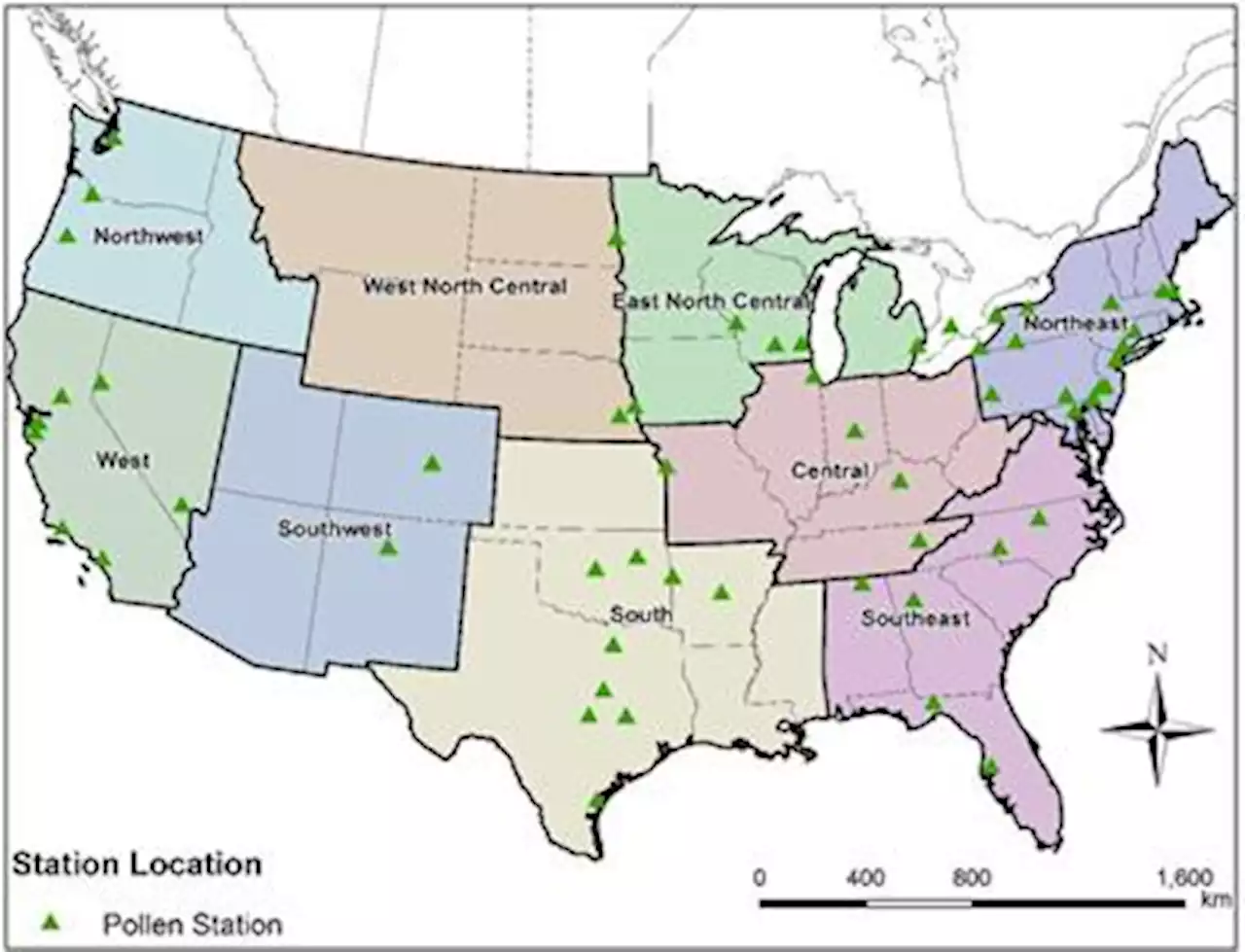Jamaica reimposes States of Emergency to stop rising crime by S_Fleary1
PRIME MINISTER Andrew Holness has declared States of Emergency in several parishes to stop the rise in crime in parts of Jamaica.
“Since the end of the last SOE, we have seen, unfortunately, an increase in criminal activities in these areas and, indeed, a threat to property and in some instances public disorder,” Mr Holness said. “Since the end of the last SOE, we have seen, unfortunately, an increase in criminal activities in these areas and, indeed, a threat to property and in some instances public disorder,” the prime minister said.
Ireland Latest News, Ireland Headlines
Similar News:You can also read news stories similar to this one that we have collected from other news sources.
 Jamaica imposes widespread state of emergency to fight surge in gang violenceThe state of emergency applies to specific communities in the capital of Kingston, along with six of the country's 14 parishes, including popular tourist spots like Montego Bay.
Jamaica imposes widespread state of emergency to fight surge in gang violenceThe state of emergency applies to specific communities in the capital of Kingston, along with six of the country's 14 parishes, including popular tourist spots like Montego Bay.
Read more »
 Man suffers head injuries following assault in NottinghamshireAnyone with any information or CCTV footage is asked to call 101, quoting incident number 740 of November 20 2022 or call Crimestoppers anonymously on 0800 555 111.
Man suffers head injuries following assault in NottinghamshireAnyone with any information or CCTV footage is asked to call 101, quoting incident number 740 of November 20 2022 or call Crimestoppers anonymously on 0800 555 111.
Read more »
 Nvidia and Apple set to be first customers for TSMC's United States made 3nm chipsIf they're from America, then they're technically freedom fries.
Nvidia and Apple set to be first customers for TSMC's United States made 3nm chipsIf they're from America, then they're technically freedom fries.
Read more »
 Frontiers | Modeling past and future spatiotemporal distributions of airborne allergenic pollen across the contiguous United StatesExposures to airborne allergenic pollen have been increasing under the influence of changing climate. A modeling system incorporating pollen emissions and atmospheric transport and fate processes has been developed and applied to simulate spatiotemporal distributions of two major aeroallergens, oak and ragweed pollens, across the contiguous United States (CONUS) for both historical (year 2004) and future (year 2047) conditions. The development of the emission model was described in Cai et al. (2019). The transport and fate of pollen presented here is simulated using our adapted version of the Community Multiscale Air Quality (CMAQ) model. Model performance was evaluated using observed pollen counts at monitor stations across the CONUS for 2004. Our analysis shows that there is statistically significant correlation between observed seasonal mean concentrations and corresponding simulated seasonal mean concentrations (oak: Pearson=0.345, p-value=0.03; ragweed: Pearson=0.399, p-value=0.01), and that the model was able to capture the statistical patterns of observed pollen concentration distributions in 2004 for most of the pollen monitoring stations. Simulation of pollen levels for a future year (2047) considered conditions corresponding to the RCP8.5 scenario. Modeling results show substantial regional variability both in the magnitude and directionality of changes in pollen metrics. Ragweed pollen season is estimated to start earlier and last longer for all nine climate regions of the CONUS, with increasing average pollen concentrations in most regions. The timing and magnitude of oak pollen season vary across the nine climate regions, with the largest increases in pollen concentrations expected in the Northeast region.
Frontiers | Modeling past and future spatiotemporal distributions of airborne allergenic pollen across the contiguous United StatesExposures to airborne allergenic pollen have been increasing under the influence of changing climate. A modeling system incorporating pollen emissions and atmospheric transport and fate processes has been developed and applied to simulate spatiotemporal distributions of two major aeroallergens, oak and ragweed pollens, across the contiguous United States (CONUS) for both historical (year 2004) and future (year 2047) conditions. The development of the emission model was described in Cai et al. (2019). The transport and fate of pollen presented here is simulated using our adapted version of the Community Multiscale Air Quality (CMAQ) model. Model performance was evaluated using observed pollen counts at monitor stations across the CONUS for 2004. Our analysis shows that there is statistically significant correlation between observed seasonal mean concentrations and corresponding simulated seasonal mean concentrations (oak: Pearson=0.345, p-value=0.03; ragweed: Pearson=0.399, p-value=0.01), and that the model was able to capture the statistical patterns of observed pollen concentration distributions in 2004 for most of the pollen monitoring stations. Simulation of pollen levels for a future year (2047) considered conditions corresponding to the RCP8.5 scenario. Modeling results show substantial regional variability both in the magnitude and directionality of changes in pollen metrics. Ragweed pollen season is estimated to start earlier and last longer for all nine climate regions of the CONUS, with increasing average pollen concentrations in most regions. The timing and magnitude of oak pollen season vary across the nine climate regions, with the largest increases in pollen concentrations expected in the Northeast region.
Read more »
 Two hurt in Glasgow St Enoch Christmas market gas explosionEmergency services were called to the market on St Enoch Square in Glasgow at about 11:00.
Two hurt in Glasgow St Enoch Christmas market gas explosionEmergency services were called to the market on St Enoch Square in Glasgow at about 11:00.
Read more »
